SAKAMOTO
Solo exhibition by artist Karina Villalobos
31.09.2022-3.11-2022
@ Planta Libre Espacio Experimental
Mexicali, México
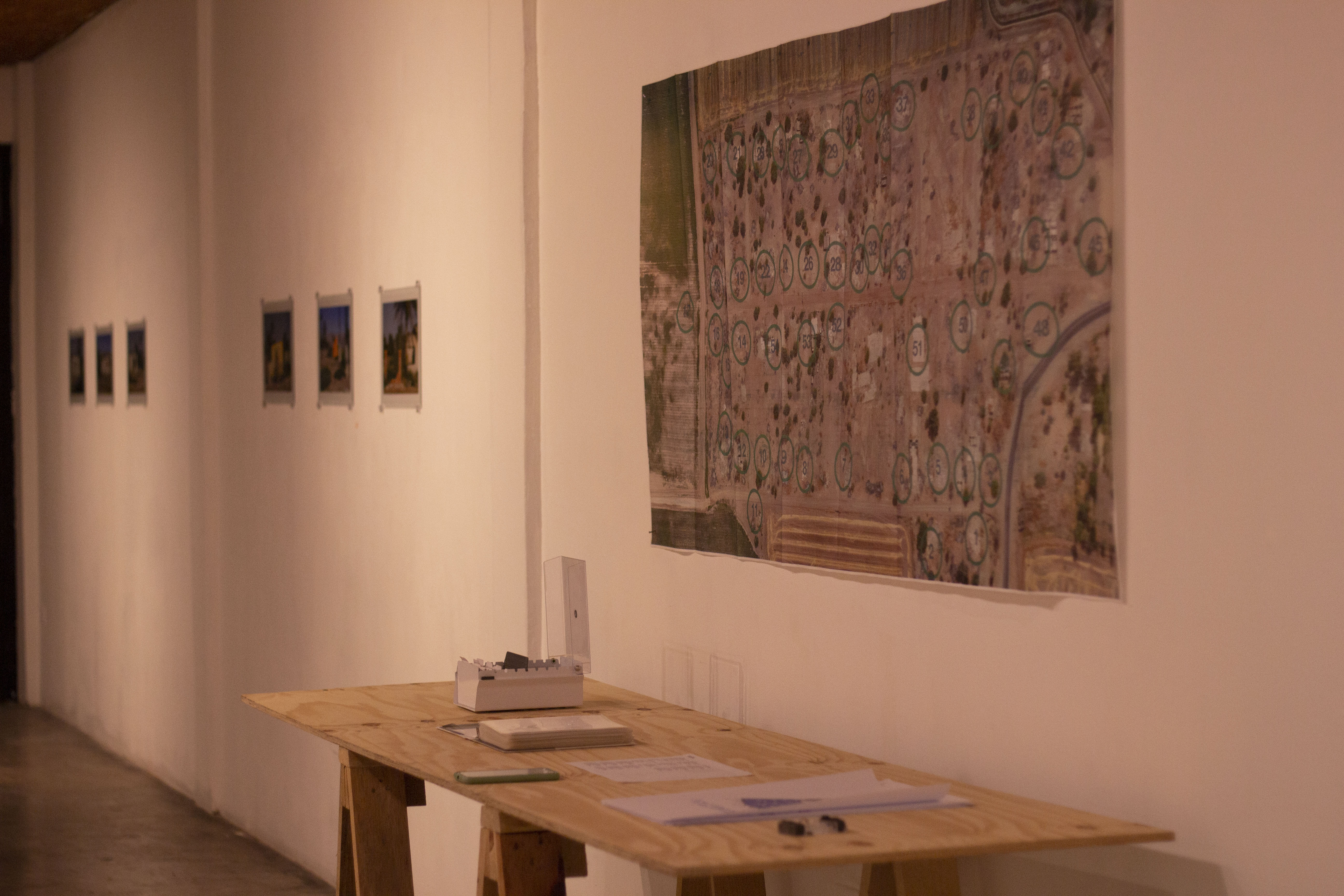
What would happen if our land detaches us?
History and the land - its fissures, contradictions, fictions - is the field from which the artist Karina Villalobos starts and seeks to relate to Sakamoto; a town located in the Valley of Mexicali that arises after one of the reroutes of the Colorado River which was ceded to the artist's family after the distribution of the land during the government of Lazaro Cárdenas. On April 4, 2010, following the 7.2 magnitude earthquake in Mexicali, Baja California, Sakamoto's land was opened and collapsed, preventing even the mobility of any vehicles to move to another site, forcing the displacement of those who lived there, including the artist's family.
Villalobos' work encompasses fields of study and notions such as geography, identity, memory, geopolitics, economy, and process/reprocess. She began to unfold the project in 2016, with explorations on-site, taking video recordings and producing a map composed of images.
Everything excavated was labeled, and stored in identification bags and a log of images of each of the materials found at each site was prepared and later returned. In 2018, Villalobos decided to produce mud bricks with the soil from each of the fifty-four lots. She collaborated with the brickmaking neighborhood “del Chorizo” located in the Mexicali Valley to experiment and learn how to make them. She decides not to bake these bricks so that in time they would crumble, and turn to dust as Sakamoto is today. This artistic research proposes an out-of-place archive; it invites us to look at the details of Sakamoto's soil, at the configuration/composition of his land, and at what is deposited on it - memories, debris, and garbage.
This series of materials, documents, and tools present in the space, require us to consult them without losing sight of the affectivity and intimacy that these objects embody. It is an archive for the identification of memories - an affective cartography -, which disturbs both those who know nothing of Sakamoto and those who inhabited its streets. It is a loose, wandering memory about a land determined to take geological movements that go beyond us. The artist does not appeal to reconstruction or oblivion but to the act of reclaiming and taking with her a territory that existed.
Curated by Rosela del Bosque
Exhibition design: Minoru Kiyota, Karina Villalobos and Rosela del Bosque
Curatorial text by: Rosela del Bosque
Poster design: Rosela del Bosque
Images: Mayté Miranda
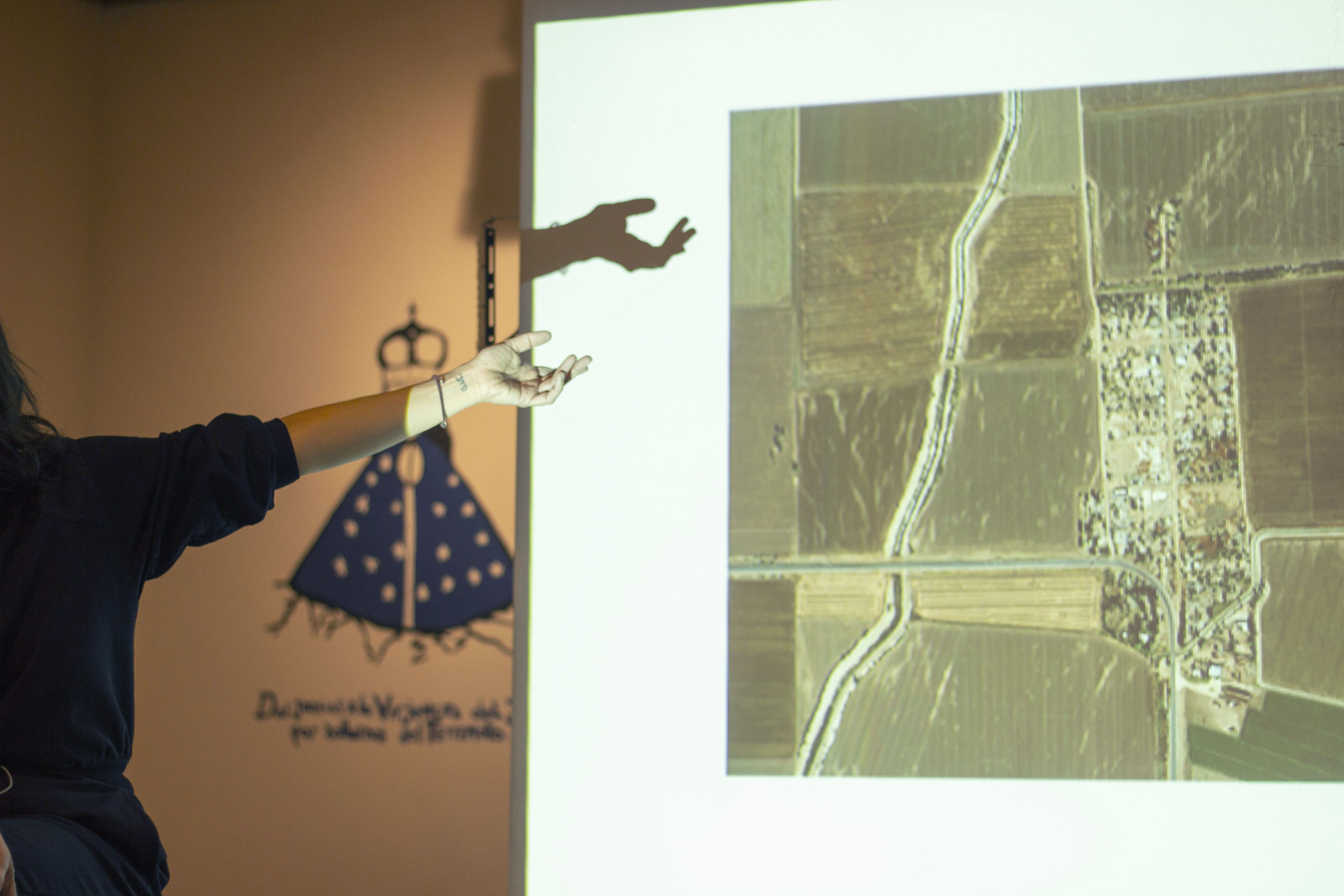
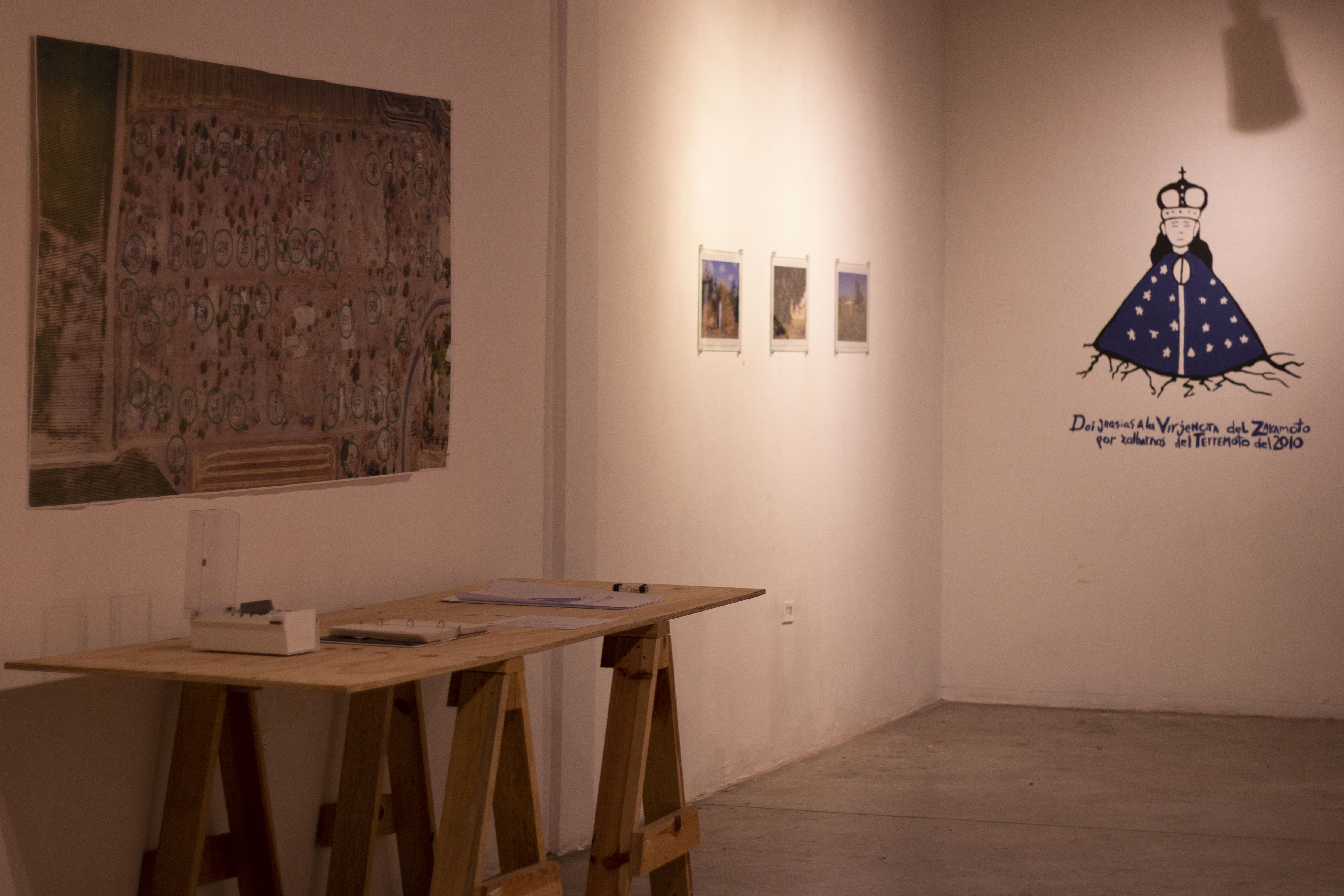
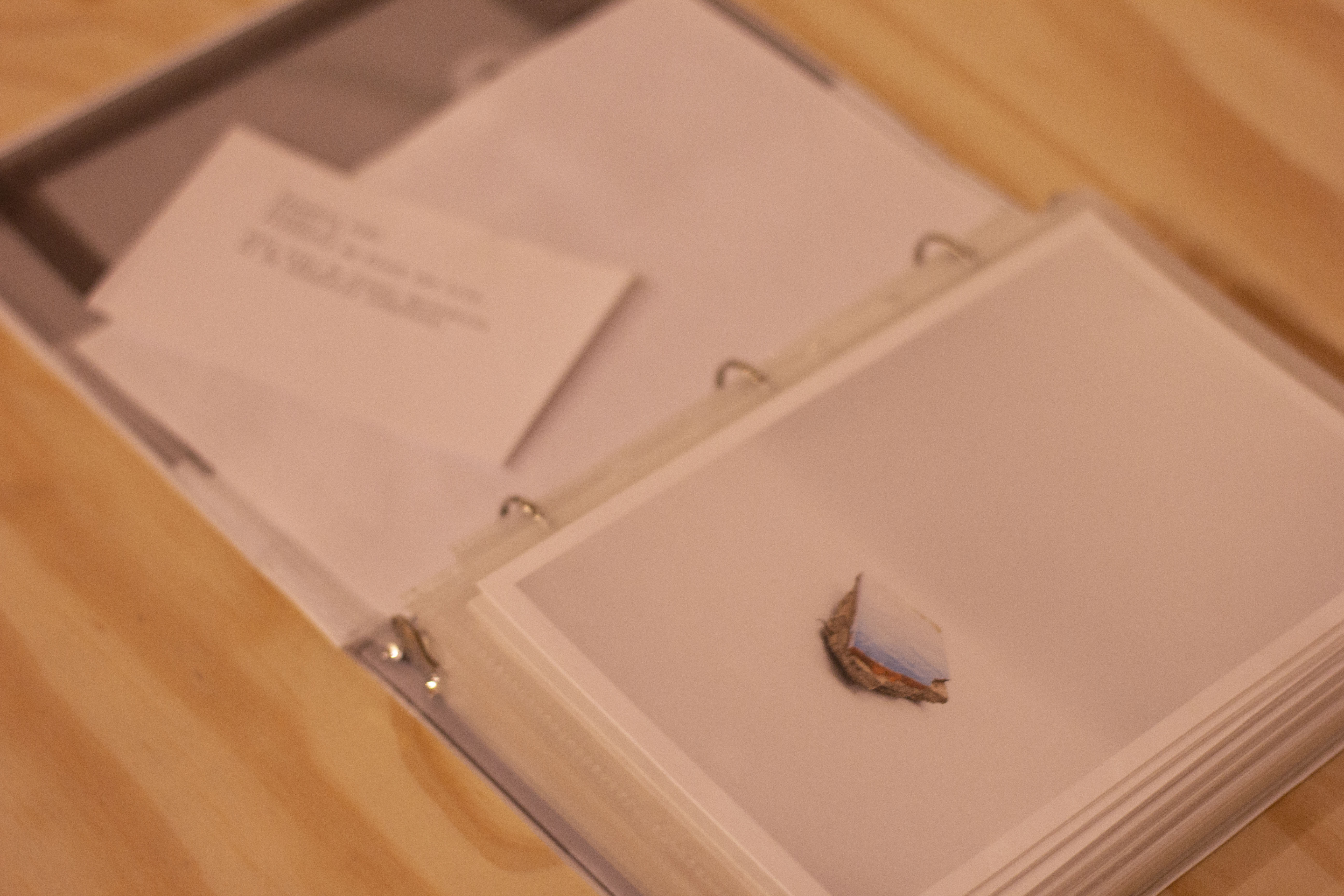




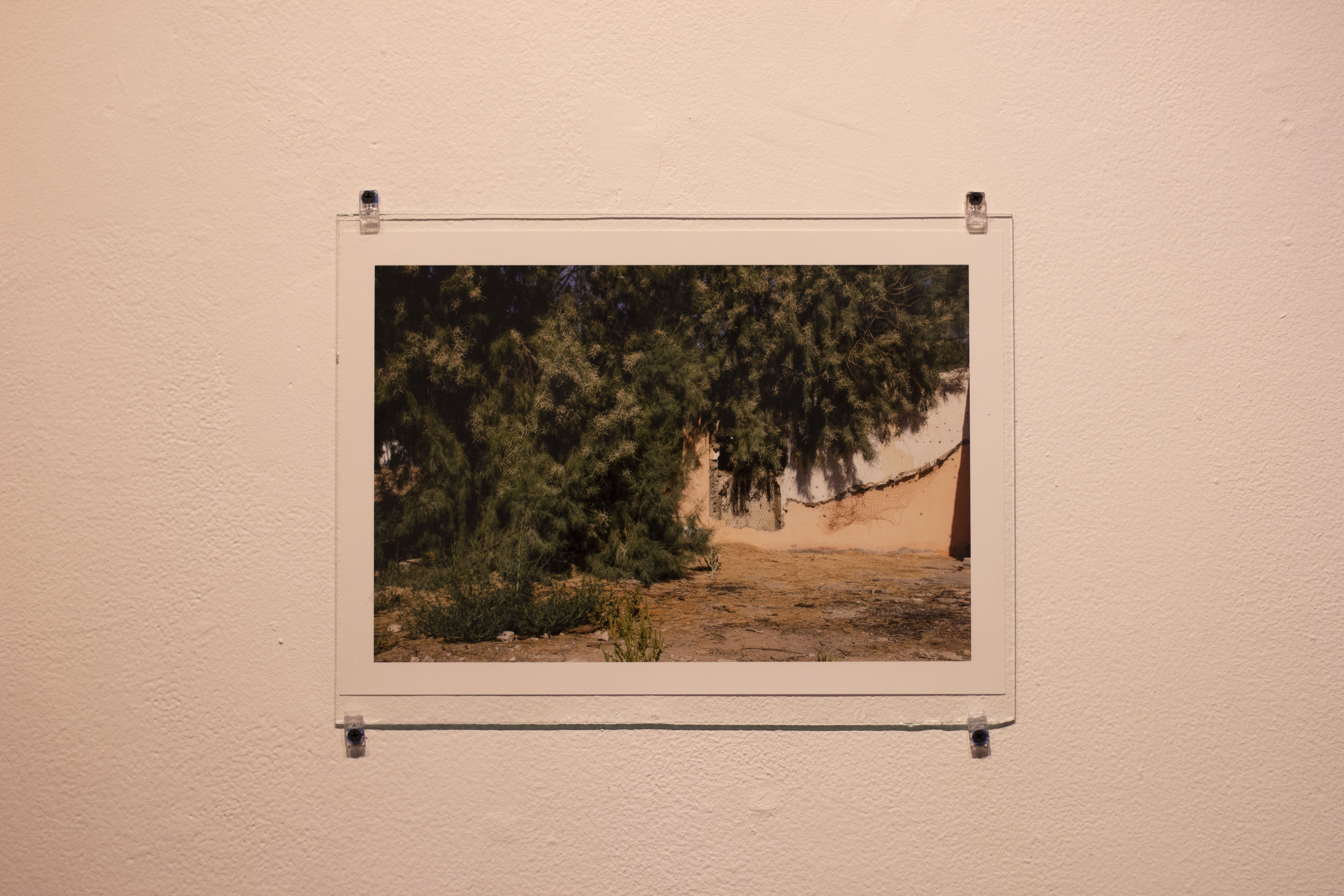
DIVERSX vol. II
CUERPXS DIVERSX: HABITARSE/FUGARSEPublic program and collective exhibition
09.07.2023-07.08.2023
@Planta Libre Espacio Experimental
(Mexicali, Mexico)
Diversx is a self-managed project carried out yearly by and for the QTBIPOC+ community in Baja California, MX. The public program includes workshops, talks, sound art and installations, parties and screenings. Its aim is to de-stigmatize, to shift, link, and be a platform where marginalized voices are heard, needs are discussed and care processes for dissident bodies are provided.
DIVERSX vol. II was curated by MEZQUITE CTC + Sonic Saliva + Yo monstruo, mío; DIVERSX was developed and organized by Planta Libre.
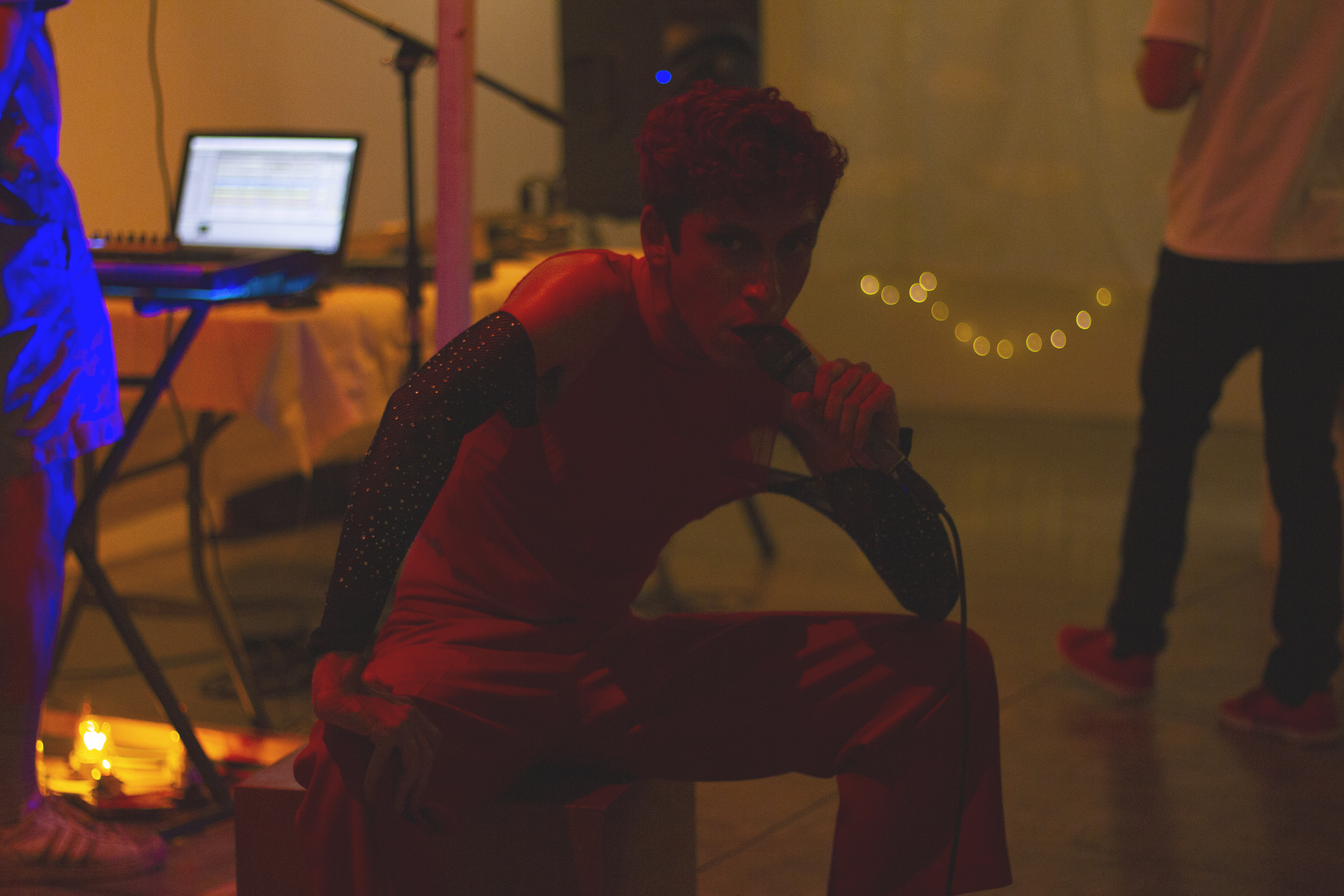
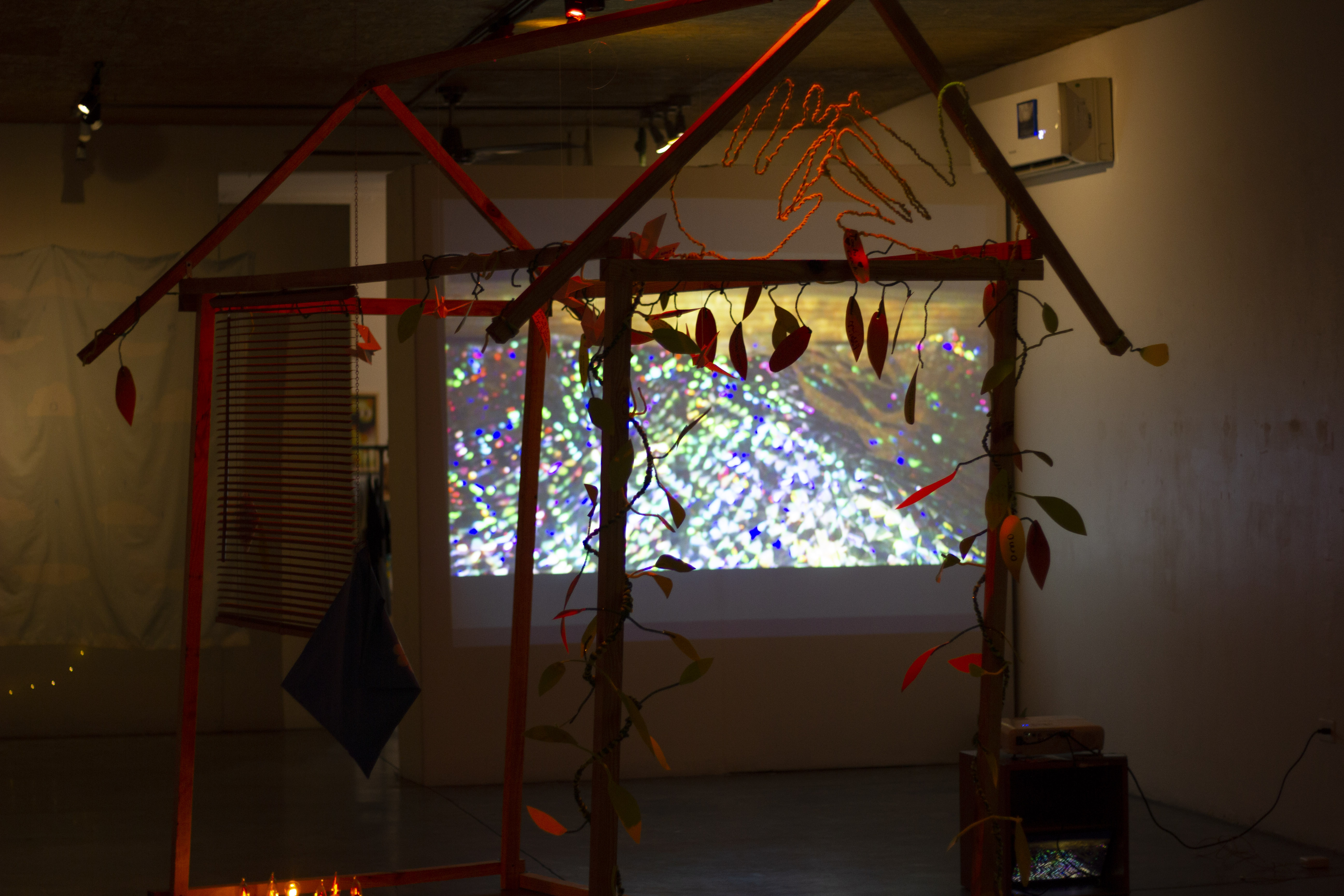
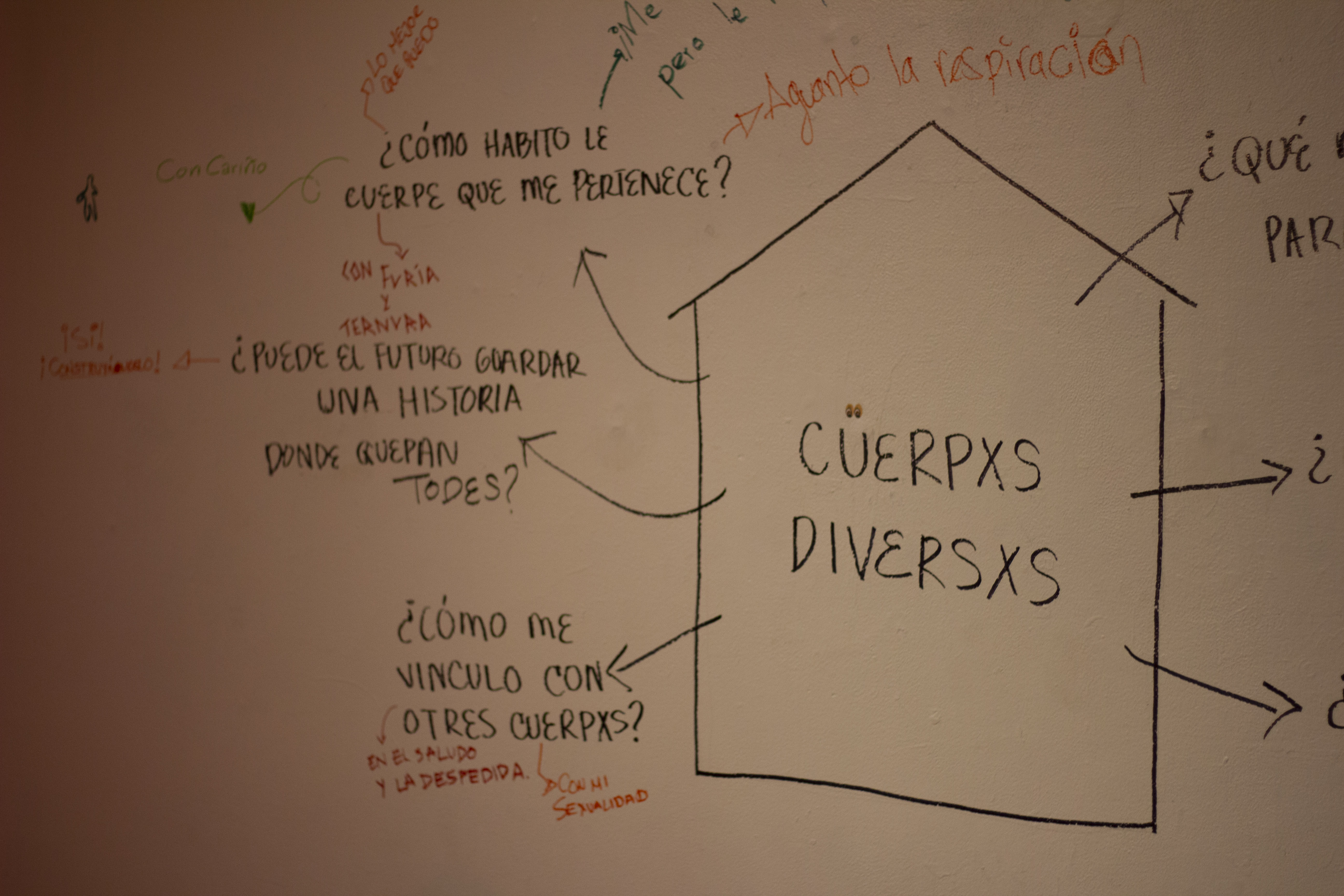

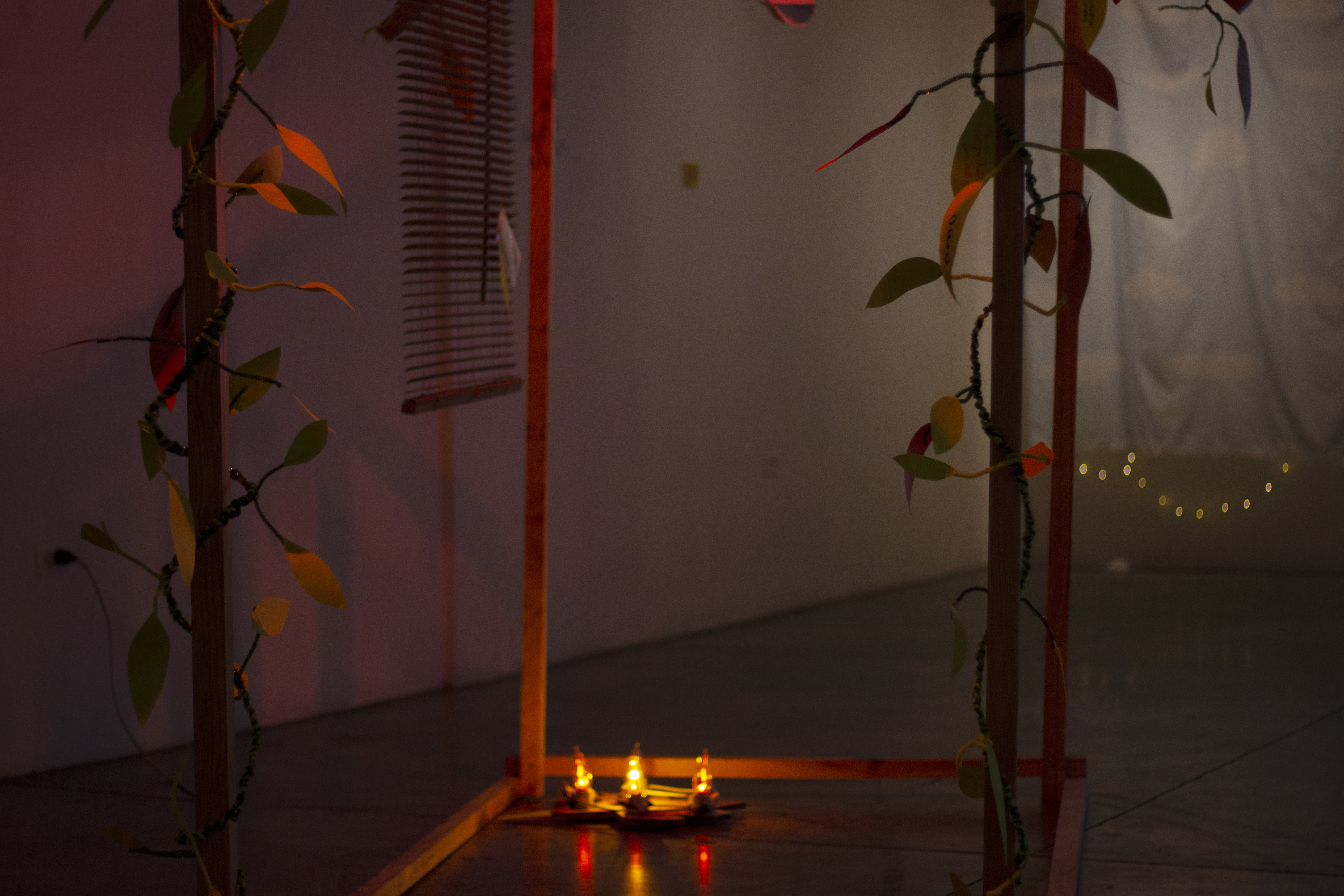
Curated by Mezquite CTC + Sonic Saliva + Yo Monstrx
Exhibition design: Minoru Kiyota
Poster design: Mayté Miranda
Conceptual proposal: Minoru Kiyota, Héctor Mancillas, Mayté Miranda, and Rosela del Bosque
Images: Mayté Miranda
INDEX ED. TIJUANA
Collective exhibition
11.02.2022
@Planta Libre Espacio Experimental
Mexicali, México

Tijuana is a borderline city in every sense of the word. A psychotic playground that moves between transgression and softness. Its disobedience, multispectrum of identities and (re)actions represent the singular way this city behaves in relation to other territories. This exhibition reflects the dichotomies that prevail in the context of these group of artists: the ultraviolent and softcore, the grotesque and provocative, the illegal and literal, the narco, macho and queer spirited, the loathsome and charming. This is Tijuana.
The proposal for this edition is to expand the technical and visual fields, to the point of suggesting an artistic process in continuous flow. Index ed. Tijuana is made up of highly vivid multidisciplinary projects and processes of color that plaster, rip, and smooth: they are controversial. Unashamedly arresting. The nine artists employ a multidisciplinary attitude based on the accident, the sensitivity and play with the notion of the grotesque. They decide to draw paper controls (Jocelyn Samayoa) as well as to recreate textures and forms that derive from the natural context to show how we imitate and adjust nature to our needs (Fernanda Uski). María José Crespo assembles a series of different treatises on multiple layers of paint.
The Collectibles series based on the San Ysidro border crossing portrays subjects with whom we coexist in the multicultural crossing of this place and other border areas of the country. The bright pinks of FIDE allude to the mixture of blood and 'purity'. Irony and satire around the narco culture and the normalization of unlimited violence. On the other hand, Carmina León proposes as an artistic process, the exploration and contemplation of emotions, relating it to the playful and poetic. Her figures derive from melancholy and the acceptance of the inescapable, as well as the study of what inhabits each emotion and action. As a counterpart to the tangible, Talia Pérez Gilbert works with augmented reality and uses this medium to produce from immateriality. "Detritus" speculates possible apocalyptic approaches due to the symbiotic crisis and uncontrolled extraction, as it could be a plant that melts into the ground. Osiris Arias develops an intersection between performance and archive, memory and the inevitable oblivion, through the historiographic exercise of (re)writing our past. These exhibitions intend to recognize the need to link and build alliances between the regional art system, as well as to give rise to the exchange of experiences, chronicles, discussions, and ways of making.
Curatorial text: Rosela del Bosque
Exhibition design: Minoru Kiyota
Poster design: Rosela del Bosque
Curated by Planta Libre (Minoru Kiyota, Mayté Miranda and Rosela del Bosque).
Images: Mayté Miranda
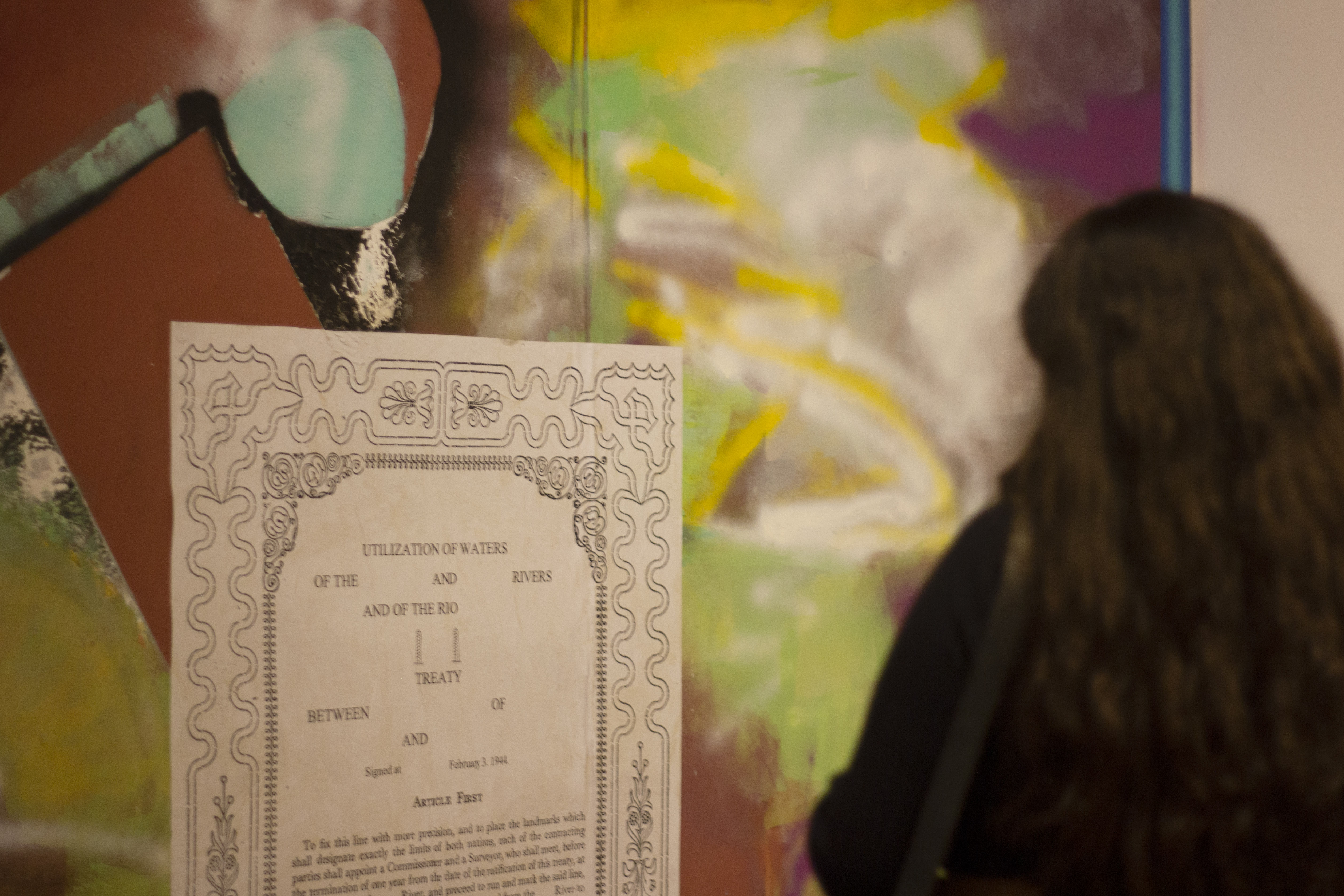
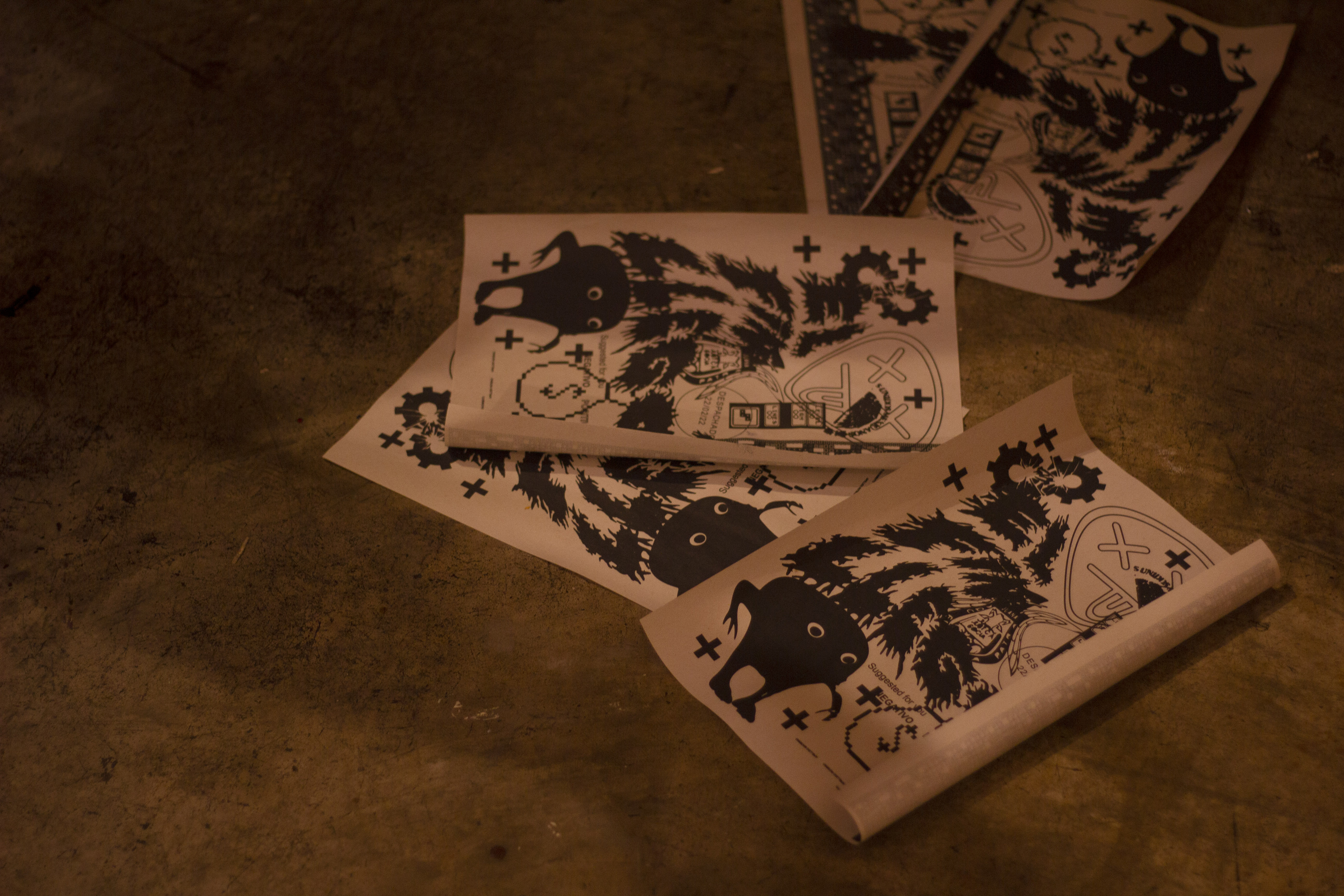

INDEX ED. ENSENADA
Collective exhibition
17.09.2022
@ Planta Libre Espacio Experimental
Mexicali, México

With works by: Guadalupe Vidal, Roxana Alvarado, Karina López, Karina Cervantes, Stephania Bueno, Amanda Bueno, Sughey MG. and Lorenzo Navas
Index son una serie de exhibiciones colectivas de arte contemporáneo mexicano que se realizarán con el objetivo de expandir las posibilidades de los medios y mostrar proyectos emergentes, que para esta edición, se presenta una selección de la ciudad de Ensenada. En lugar de historiar la actual escena de arte contemporáneo de Ensenada, la presente exhibición reúne un conjunto de obras que cuestionan y contienden los medios artísticos convencionales así como los modos de interpretar nuestro entorno. Los nodos que se vuelven recurrentes en estos trabajos son el manejo de lo orgánico, el acto de encontrar y reutilizar, la relación cuerpo-espacio, la memoria, lo popular y las maneras de catalizar el contexto vivo en el que estamos inscritos. Guadalupe Vidal nos muestra una instalación de ladrillos grabados con frases extraídas de conversaciones con albañiles en obras de construcción a lo largo de la carretera Tijuana-Ensenada. Esta instalación hace visible la situación actual laboral de estos agentes que no sólo construyen el estado sino el contingente progreso de México. Karina López en su instalación de video Spatial Disintegration revela las relaciones cuerpo-espacio y la mutabiilidad de percepciones que originan estos movimientos. López capturó y distorsionó los visuales de bailarínes realizando gestos repetitivos y personales en espacios públicos compuestos de estructuras brutalistas, con el fin de enfatizar sus interpretaciones del espacio y cómo eso tiene un efecto sobre la arquitectura y nuestros comportamientos en ese contexto. Stephania Bueno integra la práctica del tejido con los objetos que recolecta en sus caminatas, proponiendo otros modos de producir un archivo colectivo y simbólico de nuestra sociedad. Éstas formas y urdimbres se integran de residuos y objetos recolectados de calles, puentes, semáforos y cruces en la ciudad de Ensenada que permiten proyectar la relación que tenemos con nuestro entorno y la manera en que interactuamos con él. En conjunto, las obras que integran Índex ed. Ensenada entrelazan una serie de observaciones personales y críticas, en el que se interseccionan múltiples soportes y métodos, que buscan explorar su contexto inmediato. Estos proyectos no intentan enfocarse en condiciones globales, sino en reflejar relatos individuales asi como áreas de práctica inadvertidas que muchas veces quedan aisladas de las conversaciones oficiales. Quizás es irónico que migren a formatos galerísticos, pero es inevitable reconocer estas narrativas paralelas que emergen en nuestro territorio.
Curated by Planta Libre (Minoru Kiyota, Mayté Miranda and Rosela del Bosque)
Poster design: Rosela del Bosque
Curatorial text: Rosela del Bosque
Exhibition design: Minoru Kiyota
Images: Mayté Miranda

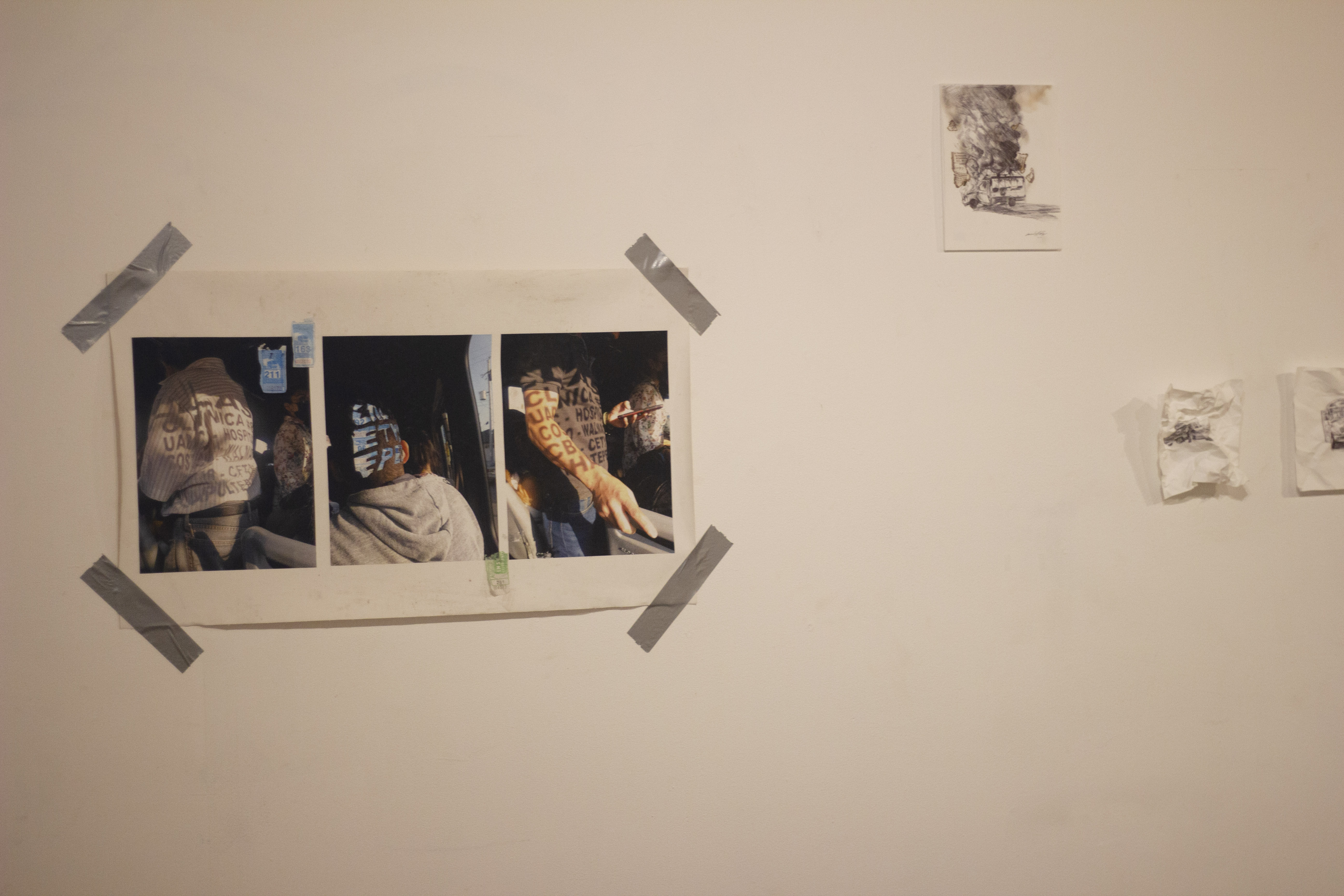
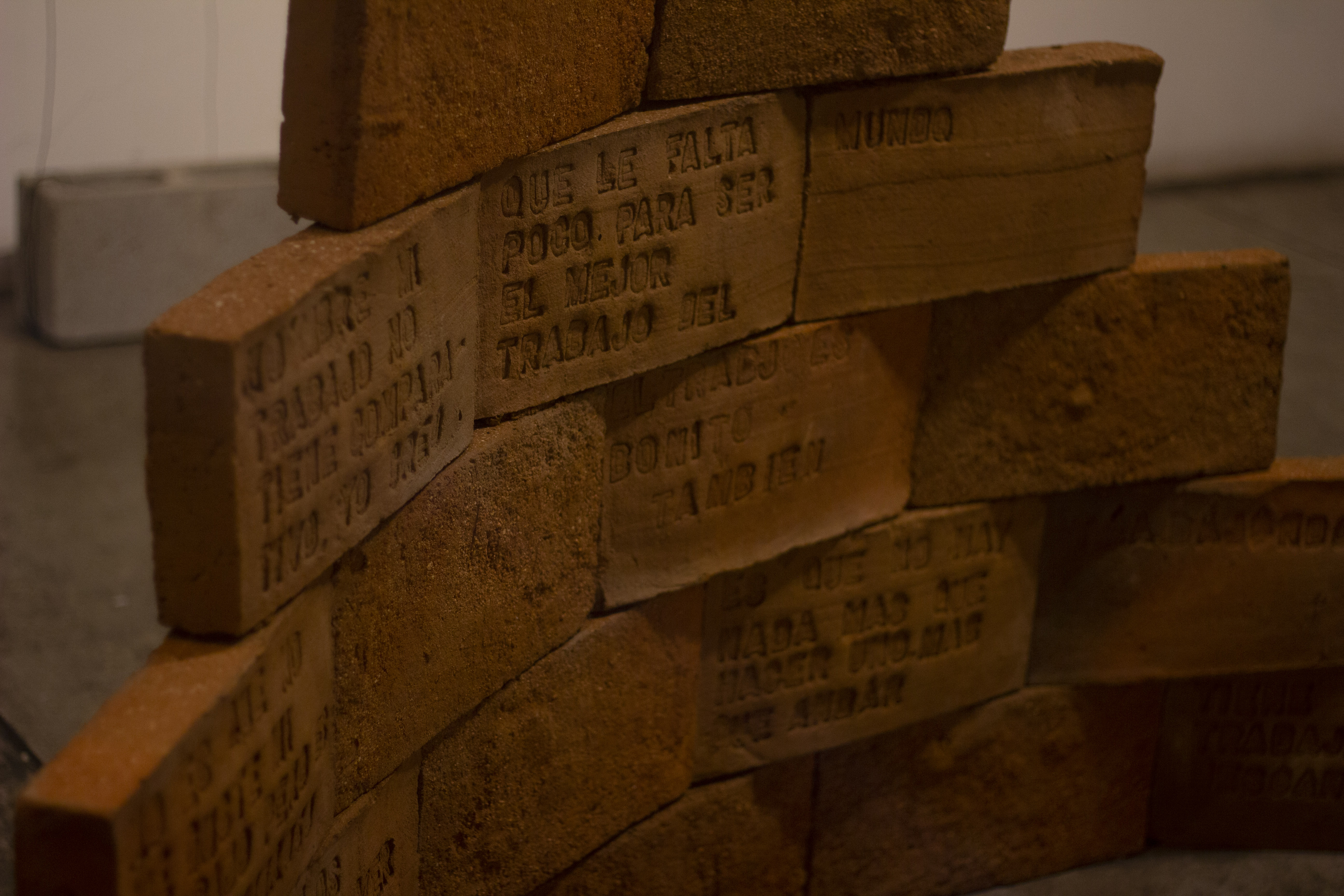
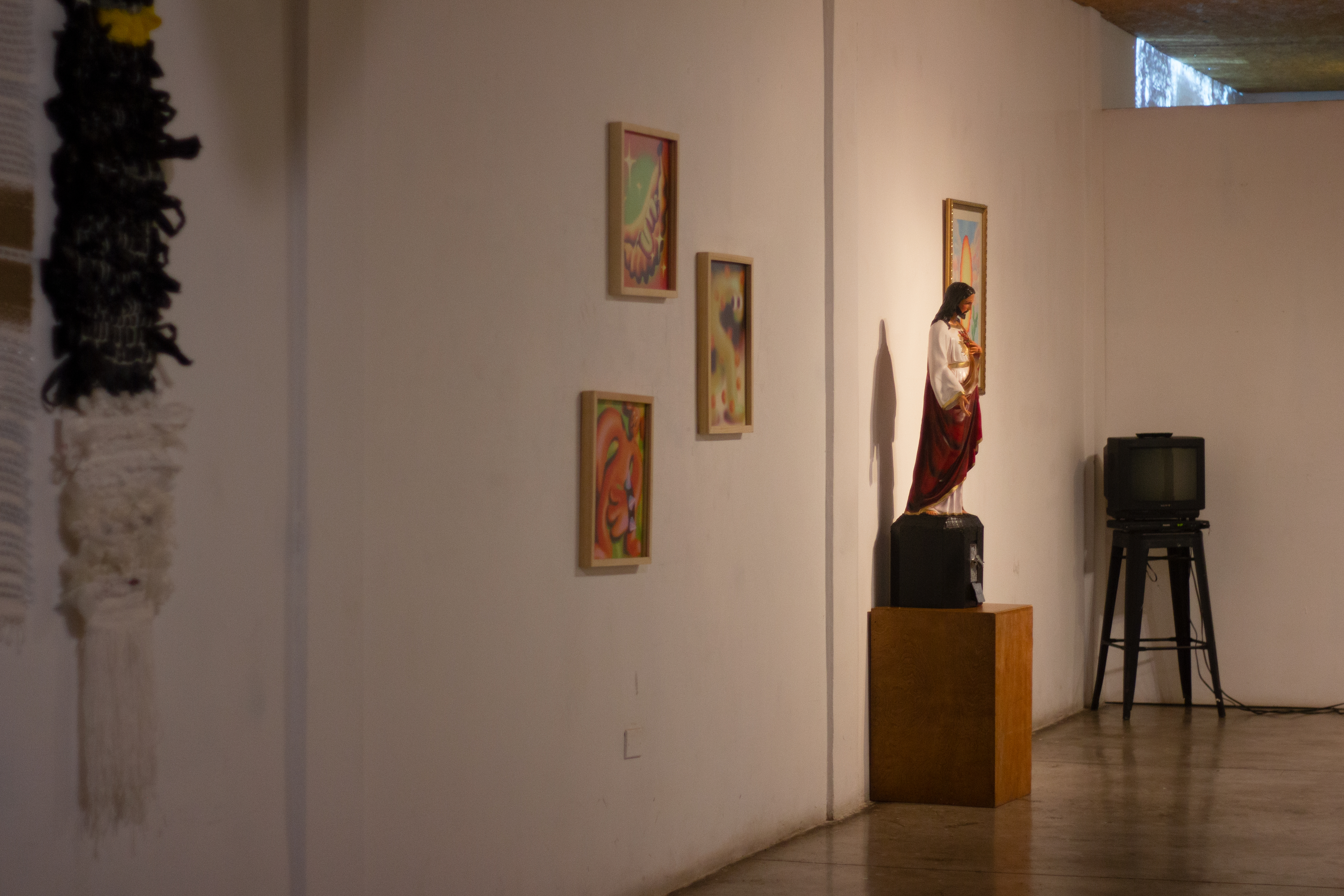
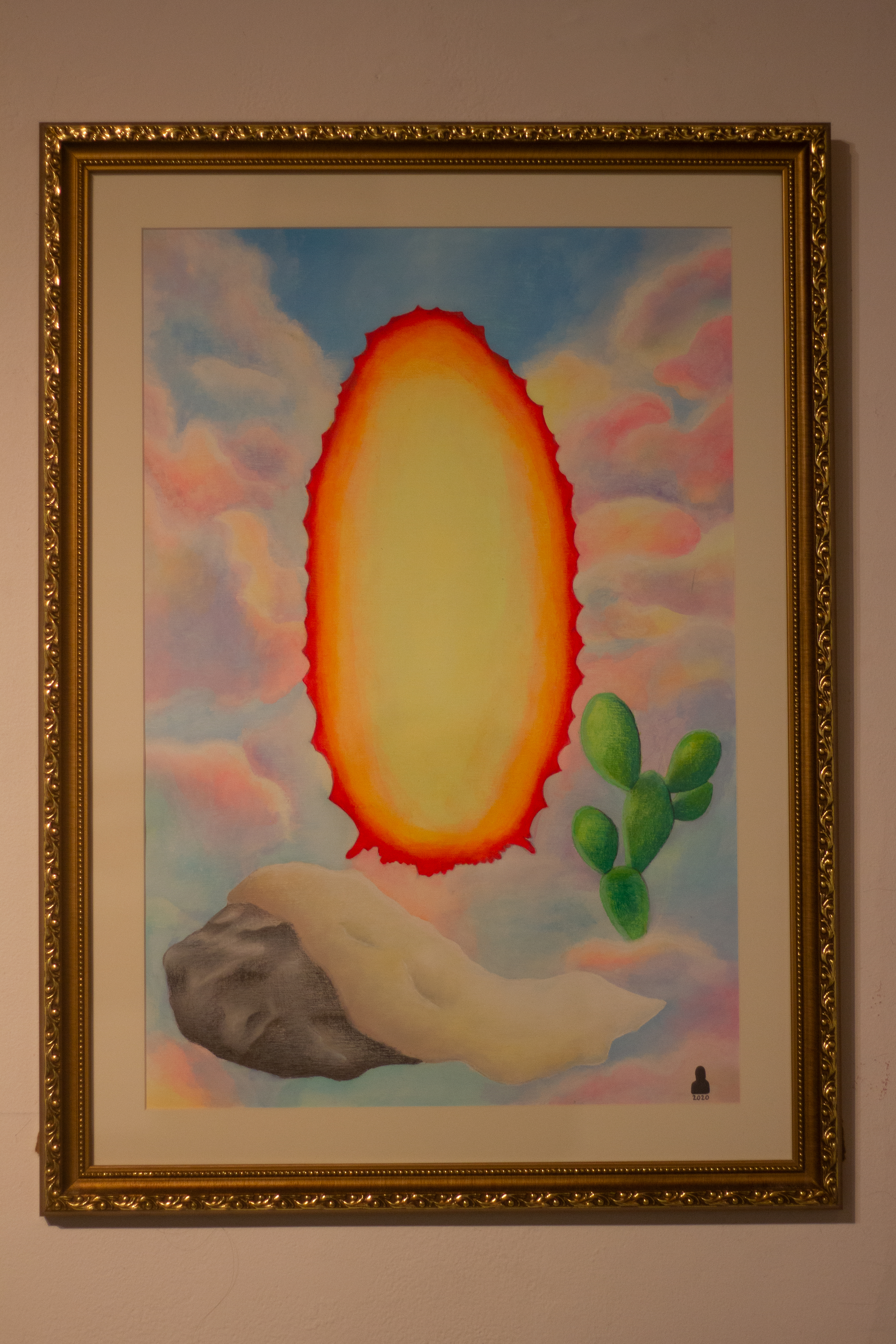
F-A-M-A + PLANTA LIBRE

Art fair
Planta Libre
20-23.10 2022
F-A-M-A
Parque Arboleda, San Pedro Garza García
Mexico
F-A-M-A is the first accessible art fair in northern Mexico, in which galleries and artists choose to have the opportunity to sell their works of contemporary art. Planta Libre participated in their fifth edition of the fair which took place from October 20 to 23, 2022 in Parque Arboleda, San Pedro Garza García, Mexico.
Planta Libre presented the works of Ensenada-based artists Guadalupe Vidal, Roxana Alvarado, Alex Bazán, Amanda Bueno, and Stephania Bueno.
The curatorial proposal presented by Planta Libre for F-A-M-A is to present the contemporary art scene of the city of Ensenada with artists Guadalupe Vidal, Roxana Alvarado, Alex Bazán, and Stephania Bueno. This selection brings together a group of works that question and contest conventional artistic means, as well as the ways of interpreting our lands. The recurring threads in these works are the handling of the organic, the act of finding and reusing, the body-space relationship, memory, and the ways of catalyzing the living context in which we are inscribed. Guadalupe Vidal shows us an installation of bricks engraved with phrases taken from conversations with bricklayers at construction sites along the Tijuana-Ensenada highway. This installation makes visible the current aboral situation of these agents who not only build the state but also the contingent progress of Mexico. Roxana Alvarado starts from her personal experience and the fieldwork done specifically in the neighborhood of Urbi Villa del Roble in Ensenada Baja California. Her work tells us about the feat of living in social housing; she draws from different materials and disciplines to capture the complex context in which these multifamily housing units of social interest are inscribed: relying on photography and writing, she elaborates installations addressing the self-construction of INFONAVIT space. Alex Bazán presents an excerpt from the series. "Coterráneo: Memoria Elemental" presents the results derived from an exploration he developed within his city's dam from 2014 to 2018. His project began by exploring how to work from the materials in the environment and to entangle them to the variable levels of water collection that the dam presented during the research period. As the unpredictable water precipitation and its periods of shortage, were important factors that allowed access to three specific points to obtain sediment material. These experimental terracotta sculptures are ‘constructions’ from the soil taken from the site. Stephania Bueno integrates the practice of weaving with the objects she collects on her walks, proposing other ways of producing a collective and symbolic archive of our society. These forms and warps are integrated from waste and objects collected from streets, bridges, traffic lights, and crossroads in the city of Ensenada allowing us to project the relationship we have with our environment and the way we interact with it.
Curatorial text: Rosela del Bosque
Exhibition design: Minoru Kiyota
Project coordination: Minoru Kiyota, Mayté Miranda, and Rosela del Bosque
Images: Michelle Lartigue

Planta Libre team, gallery director Minoru Kiyota, and curator Rosela del Bosque with artists Guadalupe Vidal and Roxana Alvarado.